#myron goldfinger
Text
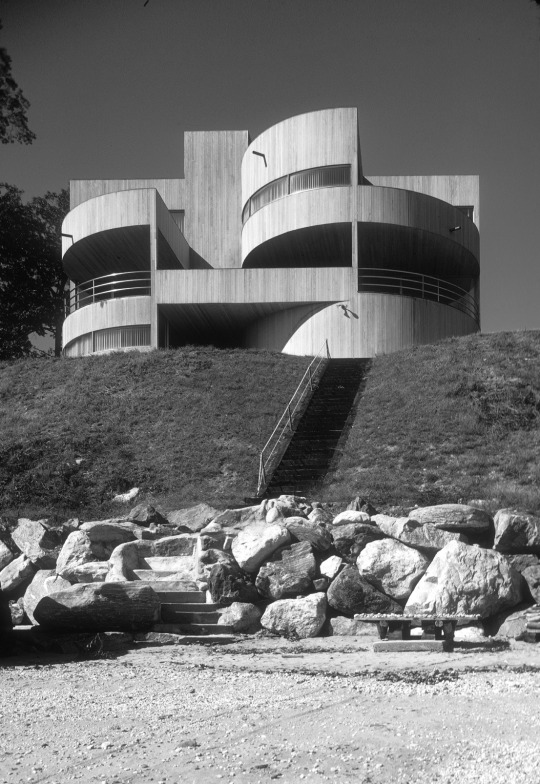
Myron Goldfinger, Bill Maris
The Ivo (Gino) and Ksenija Matkovic House, 38 Forest Drive, Sands Point NY, 1972
#myron goldfinger#bill maris#architecture#modernist architecture#midcentury modern#design#architectural design#residential design#house design#architizer#archdaily#dezeen
147 notes
·
View notes
Photo
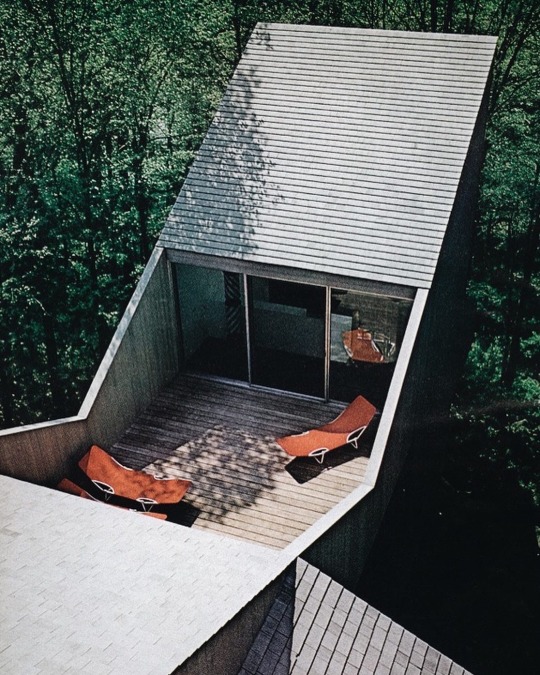
Myron Goldfinger house
387 notes
·
View notes
Photo




High-tech, Team 4, Myron Goldfinger Richard & Su Rogers, and Norman & Wendy Foster, 1970s, England
2 notes
·
View notes
Text

Myron Goldfinger, The Goldfinger House, Waccabuc, New York, 1971..
0 notes
Text
1989 Myron Goldfinger-Designed Home in New York Debuts on the Market for $2.5M
http://dlvr.it/StYx0C
0 notes
Link
[ad_1] Myron Goldfinger, whose monumental modernist homes around New York made him a favorite architect of the city’s rich and powerful during the 1980s, died on July 20 in Westchester County, N.Y. He was 90.His daughter Thira Goldfinger and his wife, June Goldfinger, said the death, at a hospital, was from liver cancer.Mr. Goldfinger designed his homes by amassing basic shapes — half-circles, blocks, triangles — into dramatic sculptural statements that seem both modern and ancient, as if a Roman palace had lost all its ornamentation but otherwise escaped the wear of time.He first gained prominence with his own weekend retreat, which he built in 1970 in Waccabuc, a hamlet in northern Westchester. Its plan was simple: A rectangular block topped by two perpendicular triangles. But the structure, four stories tall, was full of surprises, like a hidden rooftop patio where the triangles intersected.Like the architect Louis Kahn, who had been his mentor at the University of Pennsylvania, Mr. Goldfinger sought to fuse modern styles with features found in vernacular Mediterranean architecture: barrel vaults, interior courtyards, vast blank walls.“All architecture must eventually fade and return to dust,” he wrote in the introduction to “Myron Goldfinger: Architect,” a 1992 compendium of his work. “The fashion of the moment is so temporary. Only the timeless basic geometry repeats in time.”His success came not only from his timelessness but also his timeliness. His expansive, theatrical designs fit perfectly with the lavish ethos of the 1980s. His giant walls accommodated massive works of art; his wide picture windows allowed c-suite clients to imagine that they were, indeed, masters of the universe.His homes dot the suburban landscape from northern New Jersey to southwest Connecticut, but his best-known projects lie in the wealthier enclaves that stretch east from New York City on the Long Island shore — above all in the Hamptons, where an influx of luxury buyers were looking for something different than the area’s traditional shingle-style homes.“He was a complete original,” Timothy Godbold, an interior designer and the founder of Hamptons 20th Century Modern, a preservation group, said in a phone interview. “He was completely pure in his aesthetic, which was geometry.”Mr. Goldfinger’s interiors were likewise spectacular. Fitted out by his wife, an interior designer, they included bridges, conversation pits and intimate hallways that led to living rooms with double-height ceilings. They were at once trophies to be displayed and cozy escape pods from the bustle of Manhattan.In 1981 he designed a home for Fred Jaroslow, the chief operating officer of Weight Watchers, in Sands Point, on Long Island’s North Shore. A pile of blocks, cylinders and vaults, it has an almost completely windowless facade, save for a kitchen aperture, a concession to Mr. Jaroslow’s wife.The back is the opposite: Double-height windows, a pool and a broad lawn opening to the water make it an inviting space for entertaining. The house gained prominence when Martin Scorsese used it as the setting for a debauched party hosted by Leonardo DiCaprio’s corrupt broker in the 2013 film “The Wolf of Wall Street.”Myron Henry Goldfinger was born on Feb. 17, 1933, in Atlantic City, N.J., to William and Bertha (Sass) Goldfinger. His father was a mail carrier, his mother a homemaker.As a child growing up working class on the Jersey Shore, Myron gawked at the stately homes in some of his hometown’s more affluent neighbors, like Marven Gardens to the south.“I guess we all search for a certain meaning and understanding of life,” he wrote in the foreword to “Myron Goldfinger: Architect.” “I know I am always building the houses I never lived in as a boy.”He graduated from Penn with a bachelor’s degree in architecture in 1955, then served two years in the Army, designing cabinets at the Pentagon. Afterward he spent almost a decade working for large and small design firms in New York, including the office of Karl Linn, a noted landscape architect; the giant Skidmore, Owings & Merrill; and the office of Philip Johnson.In 1966, he decided to go off on his own, opening a firm with June Matkovic, whom he married that same year. Through Mr. Johnson, he also secured a teaching position at the Pratt Institute, a design and engineering university in Brooklyn, where he stayed for a decade.Along with his wife and daughter, he is survived by another daughter, Djerba Goldfinger, and a grandchild.Mr. Goldfinger wrote two other books, “Villages in the Sun: Mediterranean Community Architecture” (1969) and “Images of the Southwest” (2008), both of which explored vernacular architecture and how it reflected its surrounding landscape, history and culture.“I love the intuitive artistic sense that drove these ancient peoples,” he told The Santa Fe New Mexican in 1996. “It was an organic process that used whatever materials were available in a basic, honest fashion.”Later in his career, Mr. Goldfinger expanded somewhat beyond the New York area, designing a series of luxury villas on the Caribbean island of Anguilla and two homes in the American Southwest, including one in Santa Fe, for himself and his wife. They had fallen in love with the region, and amassed a sizable collection of Southwestern art.Today, many critics and preservationists speak of Mr. Goldfinger’s work in the same sentence as that of Charles Gwathmey and Richard Meier, two world-renowned modernists who likewise designed homes around New York City.If they are better known, it may be because they also completed high-profile public works — Mr. Gwathmey and his partner, Robert Siegel, renovated the Guggenheim Museum in 1992, and Mr. Meier designed the Getty Center in Los Angeles. Mr. Goldfinger’s single significant nonresidential work was a synagogue in Brighton Beach, Brooklyn.His work also went out of fashion for a time, as postmodernism swept in and clients returned to more traditional styles. But, Mr. Godbold said, the pendulum may be swinging back: On social media, he often sees younger architecture fans fawning over a Goldfinger house.“We’re all going to be loving it in a few years,” he said. [ad_2]
0 notes
Text
Myron Goldfinger, 90, Architect of Monumental Modernist Homes, Dies
Myron Goldfinger, whose monumental modernist homes around New York made him a favorite architect of the city’s rich and powerful during the 1980s, died on July 20 in Westchester County, N.Y. He was 90.
His daughter Thira Goldfinger and his wife, June Goldfinger, said the death, at a hospital, was from liver cancer.
Mr. Goldfinger designed his homes by amassing basic shapes — half-circles, blocks,…
View On WordPress
0 notes
Text
Antonio Velardo shares: Myron Goldfinger, 90, Architect of Monumental Modernist Homes, Dies by Clay Risen
By Clay Risen
His houses, which dot the Hamptons and other parts of the New York region, include a residence featured in “The Wolf of Wall Street.”
Published: August 3, 2023 at 11:34AM
from NYT Arts https://ift.tt/WoBkMab
via IFTTT

View On WordPress
0 notes
Photo

MYRON GOLDFINGER
GOLDFINGER HOUSE, 1970
Waccabuc, NY, USA.
#myron goldfinger#architect#architecture#70s#design#designer#artwork#form#architectural form#structure#nature#landscape#concrete#photograph#dezeen#archdaily#juliaknz#theclassyissue#house#private residence
1K notes
·
View notes
Photo

Myron Goldfinger| House | Montague, New Jersey | 1980
37 notes
·
View notes
Text

Myron Goldfinger
The Gilbert and Marsha Schulman House II (a.k.a. Millennium House), Montague, New Jersey, 1978
#myron goldfinger#modernist architecture#architecture#residential architecture#modernism#architectural design
34 notes
·
View notes
Photo

Myron Goldfinger, Marcus House, Chappaquiddick Island, Massachusetts, 1978
#Myron Goldfinger#Architecture#design#photography#Marcus House#House#Home#Chappaquiddick Island#Massachusetts
3K notes
·
View notes
Photo

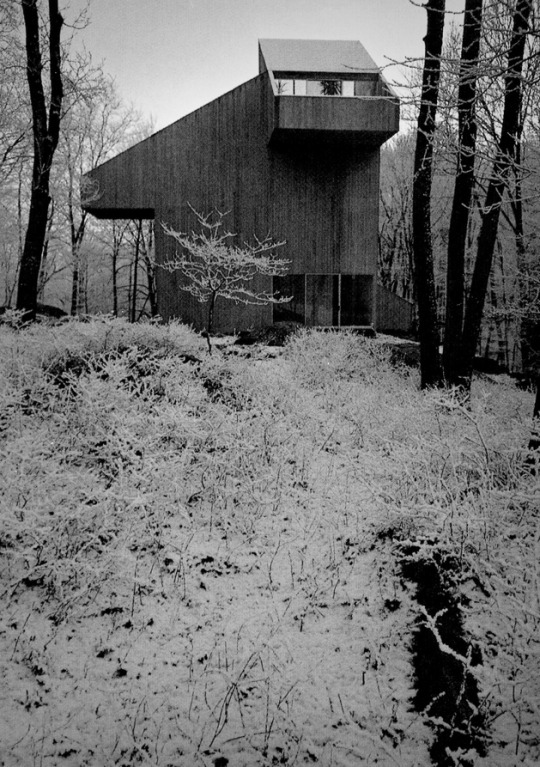




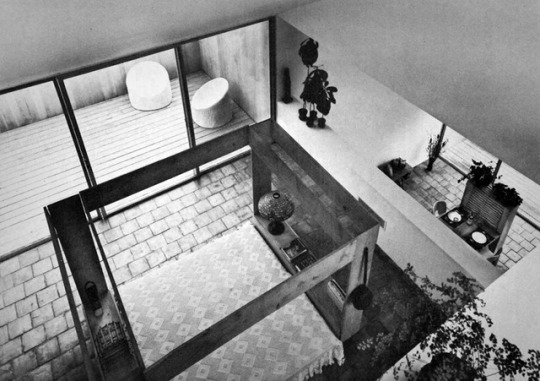
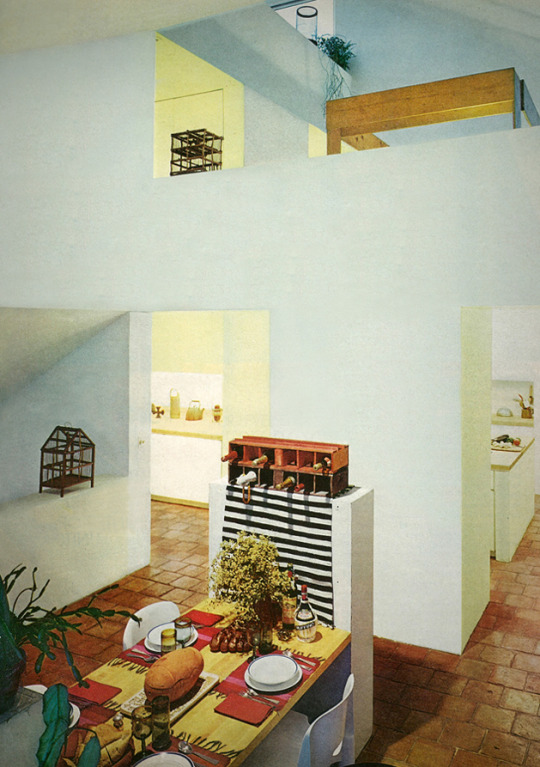
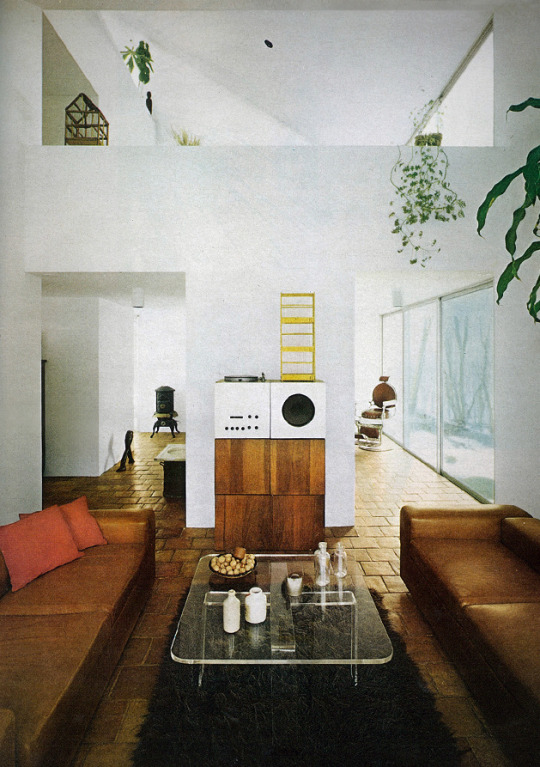
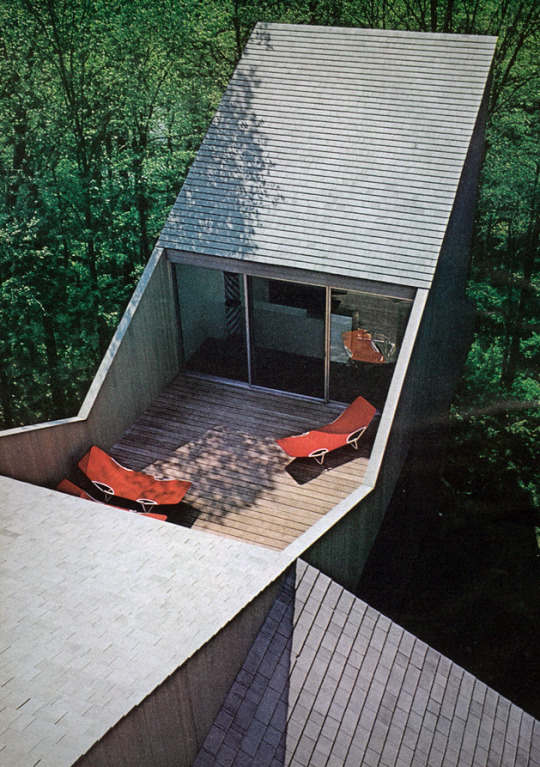
630. Myron Goldfinger /// Goldfinger House /// Waccabuc, NY, USA /// 1970
OfHouses presents Record Houses, part VI.
(Photos: © Norman McGrath. Source: “Architectural Record Houses of 1971″, Mid-May 1971.)
#record6#record houses#myron goldfinger#USA#70s#OfHouses#oldforgottenhouses#www.ofhouses.com#the collection of houses
1K notes
·
View notes
Photo
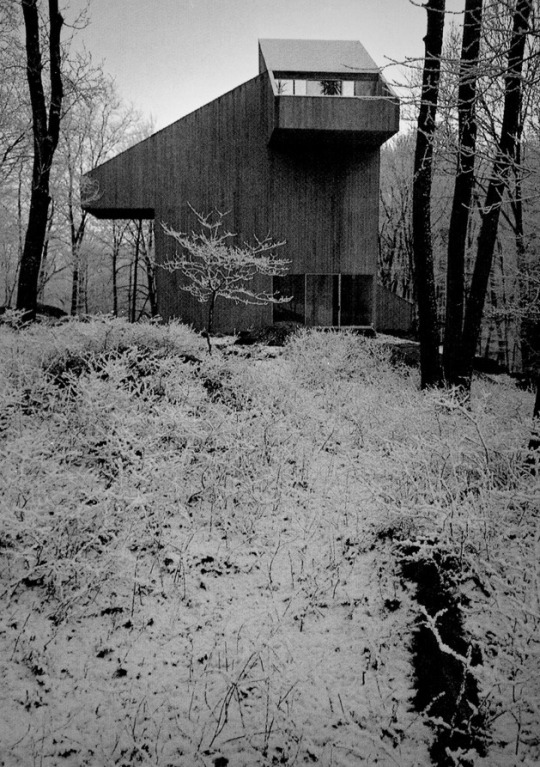
Myron Goldfinger / Goldfinger House (1970) vía OFHouses
300 notes
·
View notes
Photo



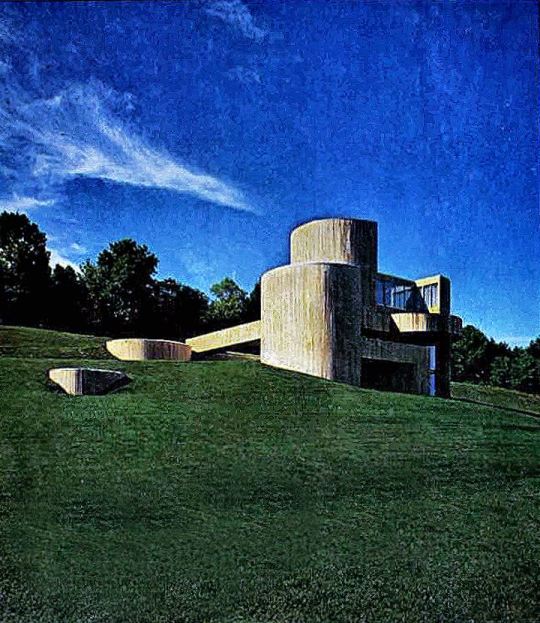



Myron Goldfinger architect, New Jersey 1980.
378 notes
·
View notes
